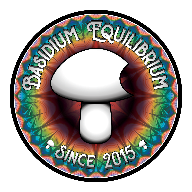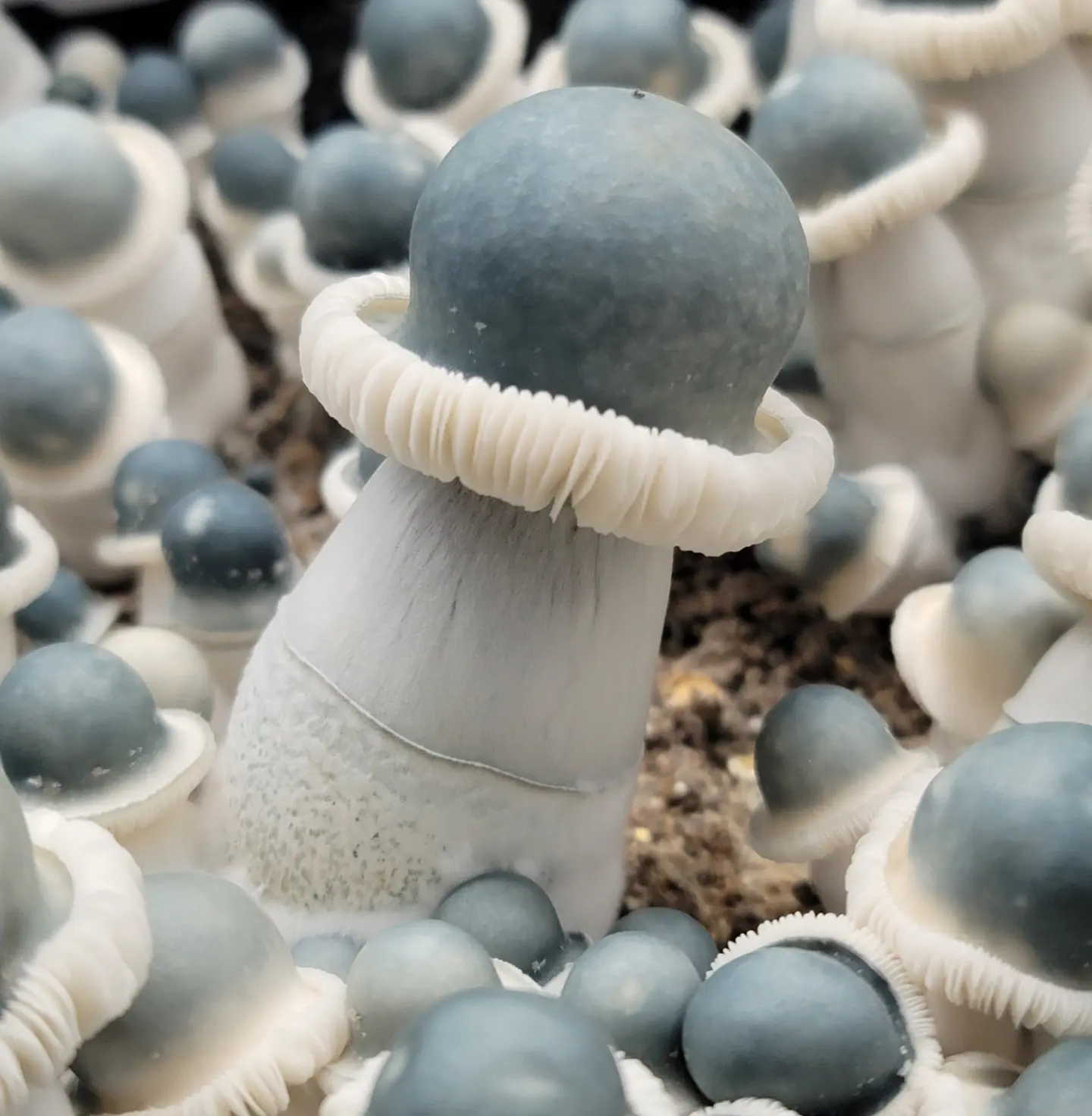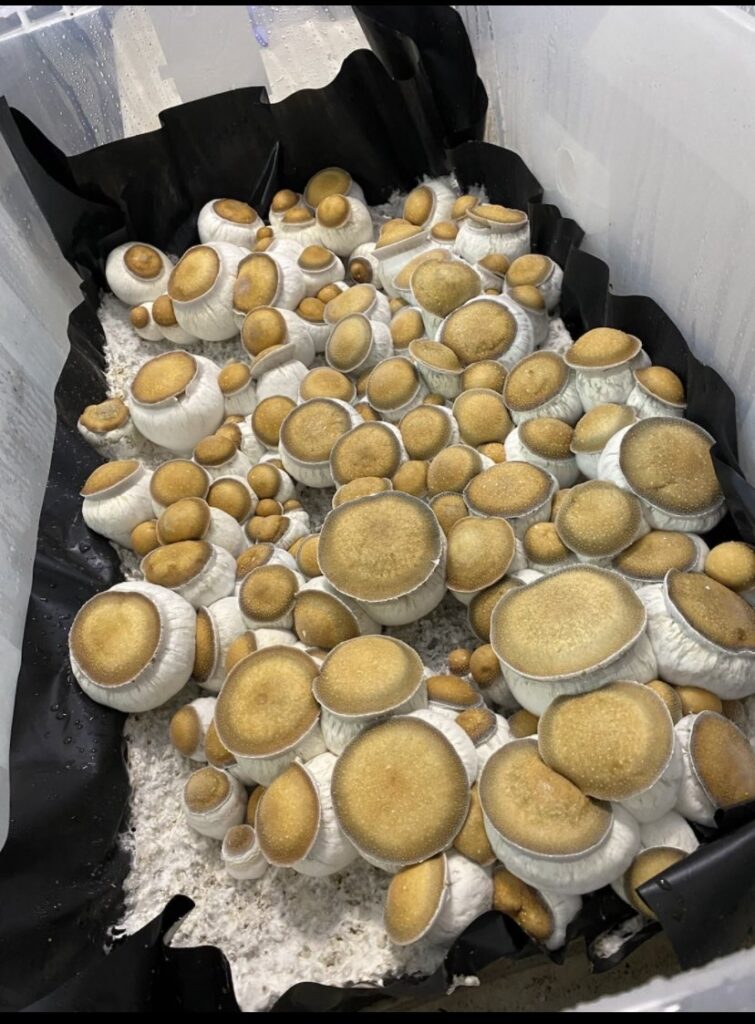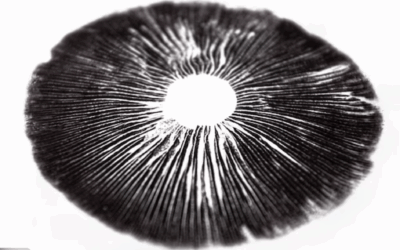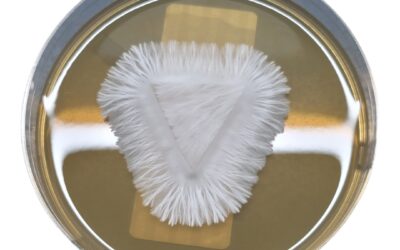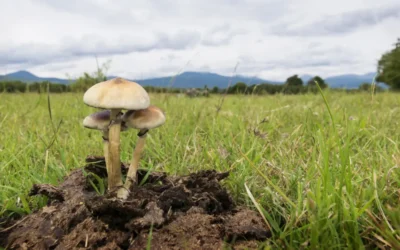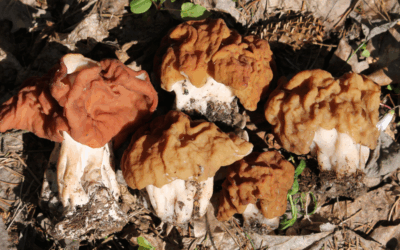Not all legends grow wild. Some spark under blacklights in basements, passed from friend to friend in ziplock bags. They’re often known only by a nickname and a knowing smile. Others root themselves in sacred rituals, ancient lands, or rare ecological niches. The world of mushroom strain history is a rich tapestry of science, folklore, and underground innovation. And for many of us, it’s where the love affair with mycology truly begins.
At Basidium Equilibrium, we’ve long served as stewards of fungal genetics. We focus on preserving not just spores, but the stories they carry. We built the Genetic Vault to document and archive this legacy, one strain at a time, with a deep commitment to honoring the cultural, ecological, and personal origins that shaped today’s mushroom landscape.
In this post, we’re spotlighting some of the most iconic and intriguing strains in the Vault. Each one has a unique backstory that transformed anonymous spores into living legends. And we’re here to share them. Whether you’re driven by research or curiosity, this is where cultivation meets culture.
Why Mushroom Strain Matters
In a world obsessed with speed, sameness, and optimization, there’s something grounding about knowing where our strains come from. Every mushroom strain holds a story. Some pass quietly from cultivator to cultivator. Others grow from indigenous ceremony or cling to life on a forgotten forest log. These stories offer context, not just content.
Understanding mushroom strain history deepens how we see genetics. Each spore we place on agar carries lineage: unique traits, behaviors, and cultural ties shaped by time and place. Some strains come from oral traditions. Others emerged in basements and became cult favorites. Either way, their histories shape how we engage with them.
As mycology matures, we’re shifting from anonymous trades to intentional archiving. We’re replacing speculation with documentation. This matters more than ever, especially as psychedelic interest grows and the line between underground and mainstream continues to blur.
Strain history isn’t just nostalgia. It’s a living record that helps us preserve biodiversity, honor legacy, and cultivate with care.
Icons of Mushroom Strain History: 4 Strains that Shaped the Culture
Knowing the importance of mushroom history and preserving lineage, let’s explore four foundational strains that have shaped modern fungi, each with a legacy that blends mystery, potency, and cultural importance.
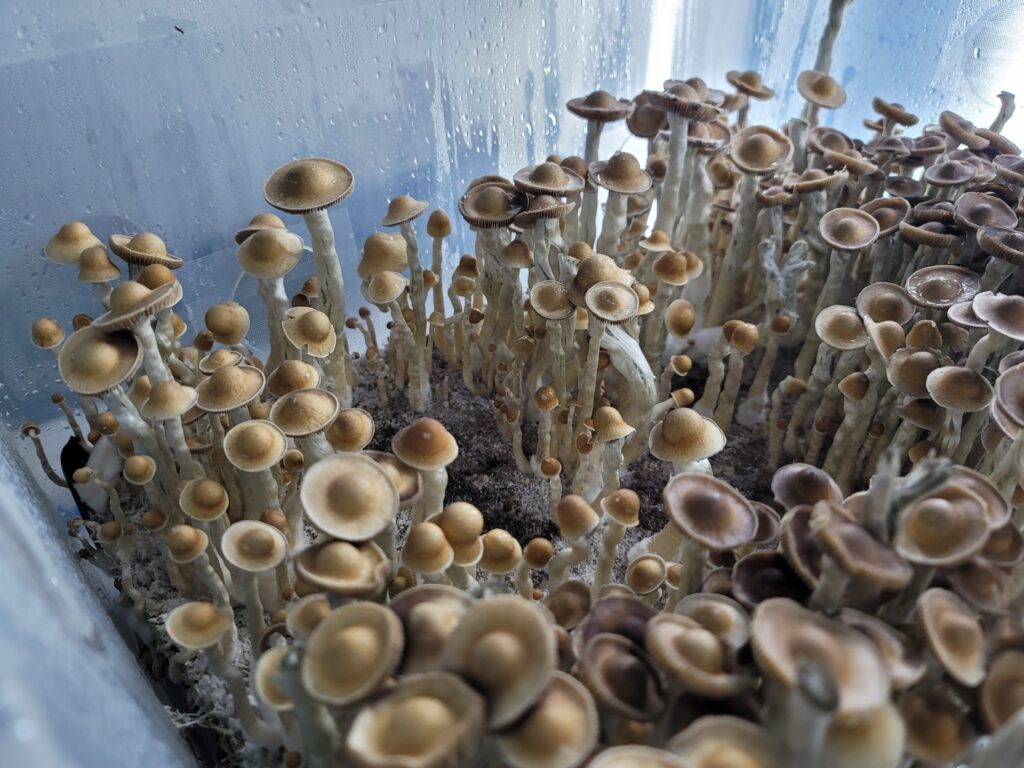
1. Arenal Volcano: Coasta Rica
Sourced near the base of Arenal Volcano in Costa Rica, this strain is a wild type of Psilocybe cubensis believed to thrive in warm, humid, nutrient-rich volcanic soil. The sample was originally collected by a trusted member of our community while exploring the base of Costa Rica’s Arenal Volcano. In 2019, we successfully domesticated the strain, and it quickly gained recognition for its distinctive UFO-shaped caps.
Growers often note its resilience in varying conditions, which makes sense given its dramatic natural habitat: a live volcano known for both beauty and instability. It’s a reminder that some of the best genetics arise from wild, elemental forces and the curiosity to bring them into cultivation.
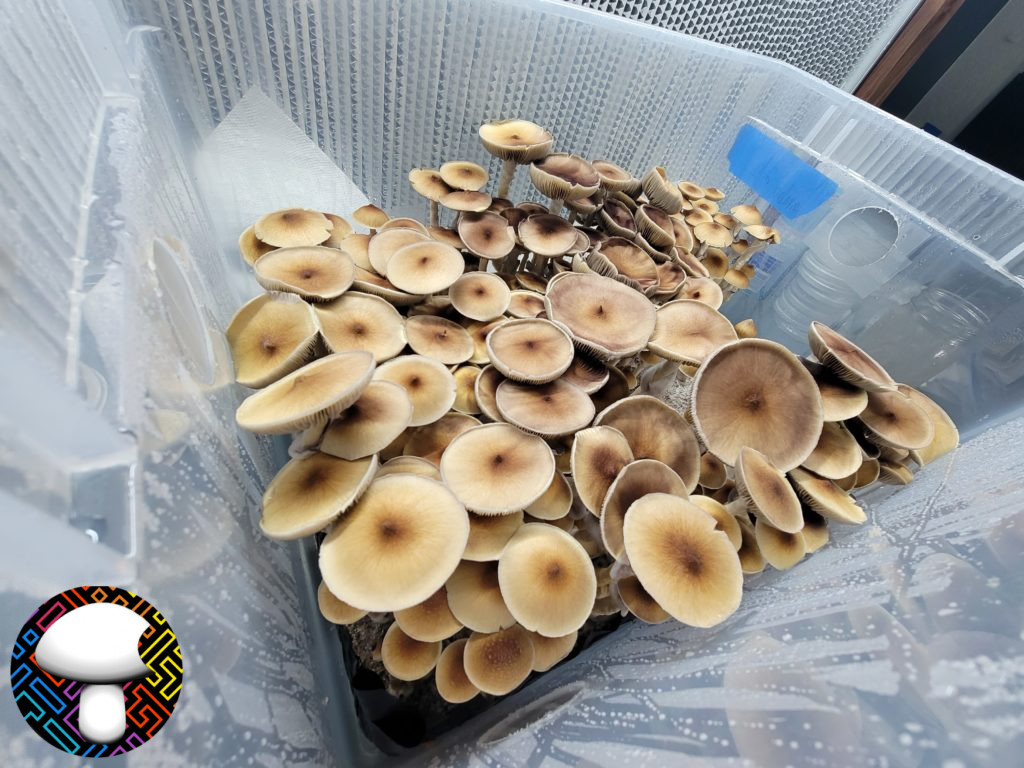
2. Cambodian: Cambodia
This now-famous strain was allegedly discovered near the temples of Angkor Wat, Cambodia, and was popularized by John W. Allen, an ethnomycologist and world traveler. Cambodian is celebrated for its fast colonization, reliable flushes, and strong visual appeal: thick stems, golden caps, and photogenic clusters.
What makes this strain notable in mushroom strain history is its accessibility and consistency, making it one of the most popular introductions to home cultivation during the early 2000s.
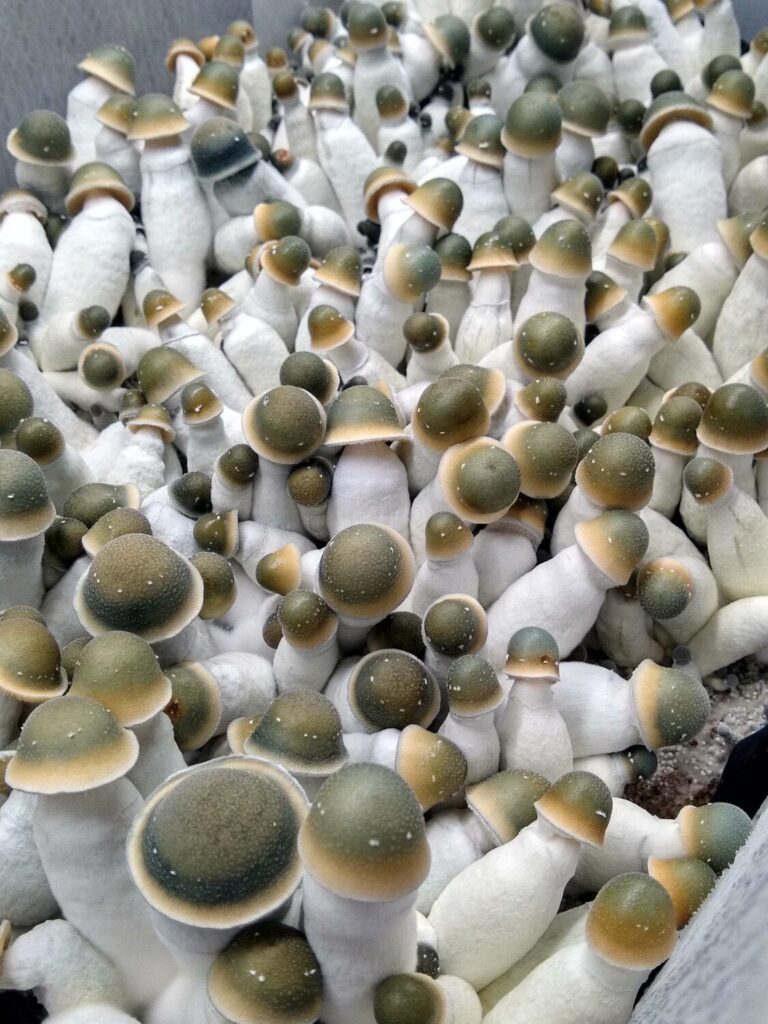
3. Penis Envy Uncut
Penis Envy strains are infamous, but the uncut variant brings its own story to the table. Known for its bulbous, phallic shape, high psilocybin content, and stunted cap development, the Uncut version features a closed cap that often remains mostly sealed even at full maturity.
While the origins of Penis Envy are hotly debated, some tie it to Terence McKenna, others to an anonymous underground breeder, the uncut version is thought to be a stabilized mutation or selective cross developed by advanced growers in the early 2010s by Workman. It’s a strain that borders on myth but delivers unmistakable results.
4. Squat Mac
A relatively new entrant in the world of cubensis strains, Squat Mac quickly built a cult following thanks to its compact stature, dense fruiting bodies, and potency. Often associated with crosses or refinements of other squat phenotypes, Squat Mac is a rare and remarkable phenotype that surfaced unexpectedly during a Melmac grow. Defined by its compact stature and distinct features, it stands as a prime example of how subtle genetic variation can lead to standout morphology—even within established lines. This is undeniably a Grade A expression.
Growers love its short height, thick stems, and chubby caps, making it ideal for small-space cultivation and high biomass output. While not as historic as older landraces, it represents the next chapter in mushroom strain development: community-led, appearance-driven, and strain-stable.
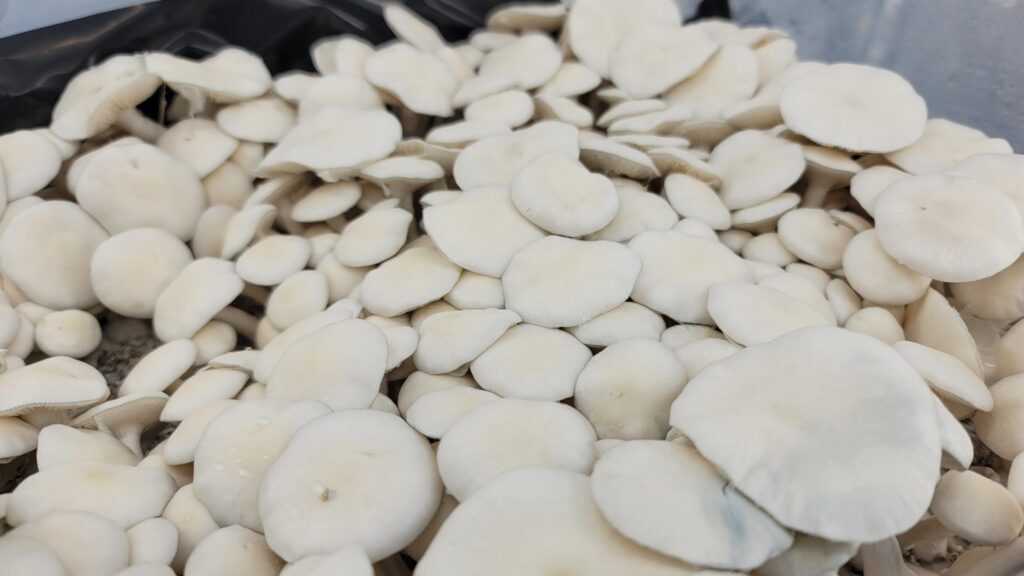
5. Albino Burma
Albino Burma is a rare, Albino variation of the classic Burma strain, said to have been collected by a student in Rangoon (Yangon), Myanmar, and brought into Western circulation through early spore trading communities. What makes Albino Burma special is its ghostly white appearance and unusual pigmentation, which results from reduced melanin expression.
Like many albino or leucistic lines, it was likely the product of selective isolation, where a pale phenotype was stabilized over several generations. Its strong rhizomorphic growth, potent fruits, and beautiful visual appeal have earned it a place in both collector and cultivator circles alike.
Preserving the Past: Growing the Future of Mushroom Genetics
As mycology evolves from underground art into archival science, the need to document mushroom strain history has never been more urgent. Today’s strain profiles aren’t just names. They hold cultivation insights, growth traits, stability notes, and backstories that help researchers, growers, and educators work with intention and respect.
At Basidium Equilibrium, we honor the origins of every strain we share, especially those rooted in indigenous use or tied to unique ecosystems. Some genetics passed through ceremony. Others were foraged in the wild or refined over years of patient isolation. These stories deserve care. We can’t afford to let them fade into anonymity or oversimplification.
Mushroom strain history isn’t just a database—it’s a living lineage. It keeps us anchored in the human side of mycology, where curiosity meets culture, and preservation becomes a form of reverence.
We invite you to explore the Genetic Vault and visit often. We’re actively revitalizing the archive with updated profiles, deeper storytelling, and newly documented discoveries.
Because every strain has a story—and we’re here to tell it.
